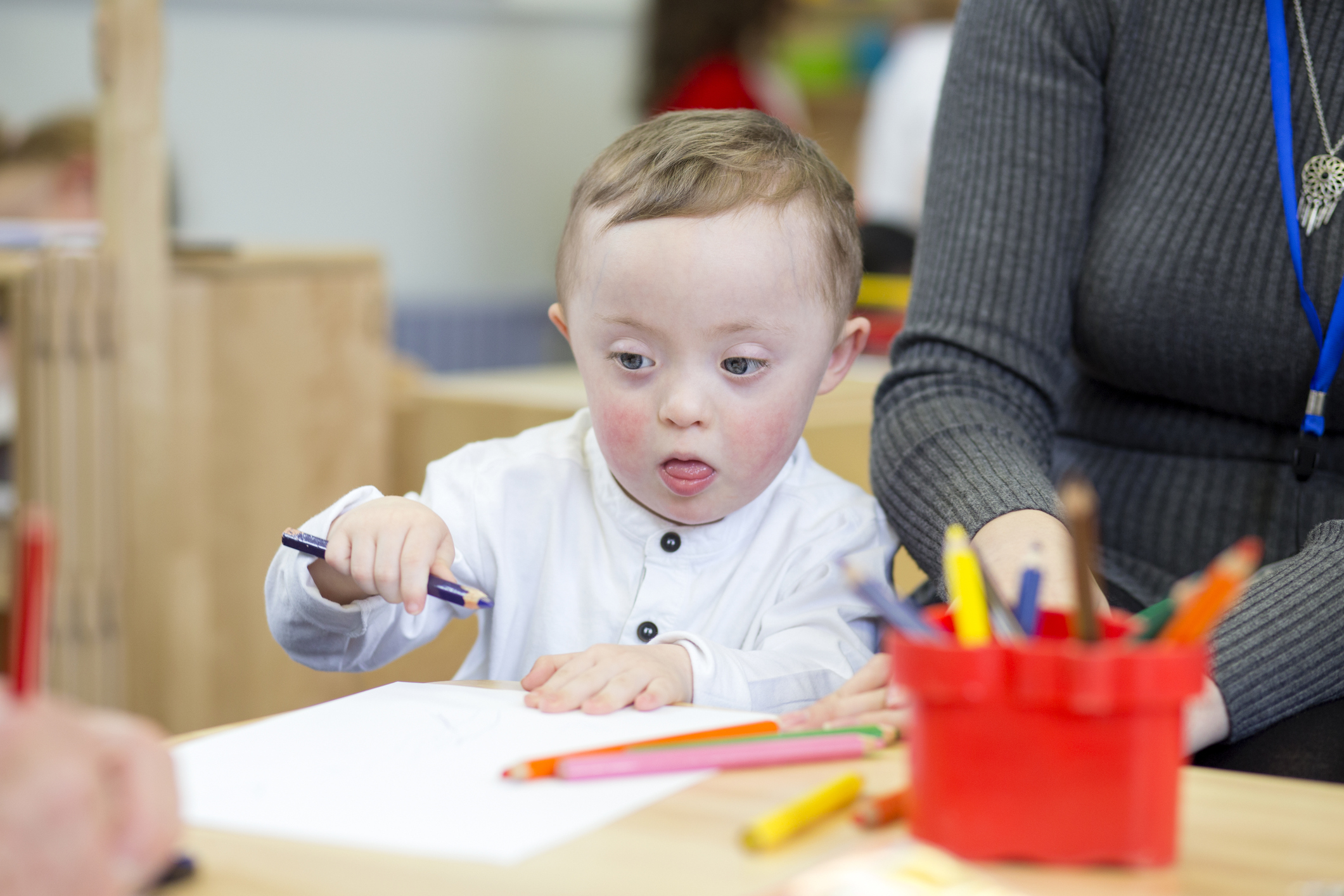Explore resources and activities relevant to courses that offer practice in designing and applying assessment devices and procedures and in using them to make educational decisions for children with disabilities, birth through kindergarten age.
Course Activity 1: Observing and Documenting Children’s Learning
One or more video clips (e.g., Building with Boxes and Bethany Draws a Wheel) may be used as in class activities to practice observation and documentation of children’s skills (e.g., play skills, language skills, motor skills, etc.).
Students can review the Illinois Early Learning and Development Standards (IELDs) and select which standards children demonstrate in the video and how those standards were met. Afterwards, have students compare their list and documentation with those listed for this video on the IEL Project website.
Students may also use IEL Video Clips to practice various data recording techniques (e.g., time sampling, frequency, etc.).
Course Activity 2: Screening
Listen to the podcast, Developmental Screenings for Young Children: What Parents and Teachers Need to Know. Engage students in a class discussion about the developmental screening process and any screening tools they are familiar with or may have used in the past. The podcast can supplement the assigned textbook/course readings as another resource to prepare students to complete a course screening assignment. Students could write a short in class reflection about how they would share developmental screening results with a child’s parents. How might cultural and linguistic differences be addressed in the developmental screening process? What role would an interpreter or cultural liaison have during screening?
Course Activity 3: Determining Eligibility for Special Services
Students can form small groups to brainstorm some examples for how/where these resources addressing screening and assessment may be shared with families (e.g., home visits, parent/teacher conferences, etc.). How might these resources assist teachers in preparing and partnering with families during the special education screening and assessment process? Contrast with the students the differences between curriculum-based assessment and a transdisciplinary assessment for eligibility for special services.
Course Activity 4: Individual Education Program (IEP)
Read the Tip Sheet, What is an IEP?. Students may work in pairs or small groups to review a blank IEP form. Provide them with a list of IEP components and ask them to highlight on the form where each component can be found (e.g., child’s identifying information; assessment results indicating the child’s strengths and needs; the child’s individual goals and benchmarks; how progress on these goals will be measured; etc.). Note where assessment information is typically included in a child’s IEP. How does a child’s assessment information inform the discussion of goals and benchmarks?
Course Activity 5: Autism Spectrum Disorder (ASD)
There is an increase in the number of young children diagnosed with Autism Spectrum Disorder (ASD). The Tip Sheet, Autism: Be Aware of the Signs and the podcast, Supporting Children with the Characteristics of Autism Spectrum Disorder in Preschool Classrooms address the diagnosis of Autism Spectrum Disorder (ASD) in young children and describe ways to support them.
- What types of assessments are available to families of young children with ASD?
- What data collection methods would you use to determine a child’s preferred materials and activities?
- What resources are available to address young children’s social emotional development and challenging behavior?
- Where can students find evidence-based learning and development strategies to share with families?
